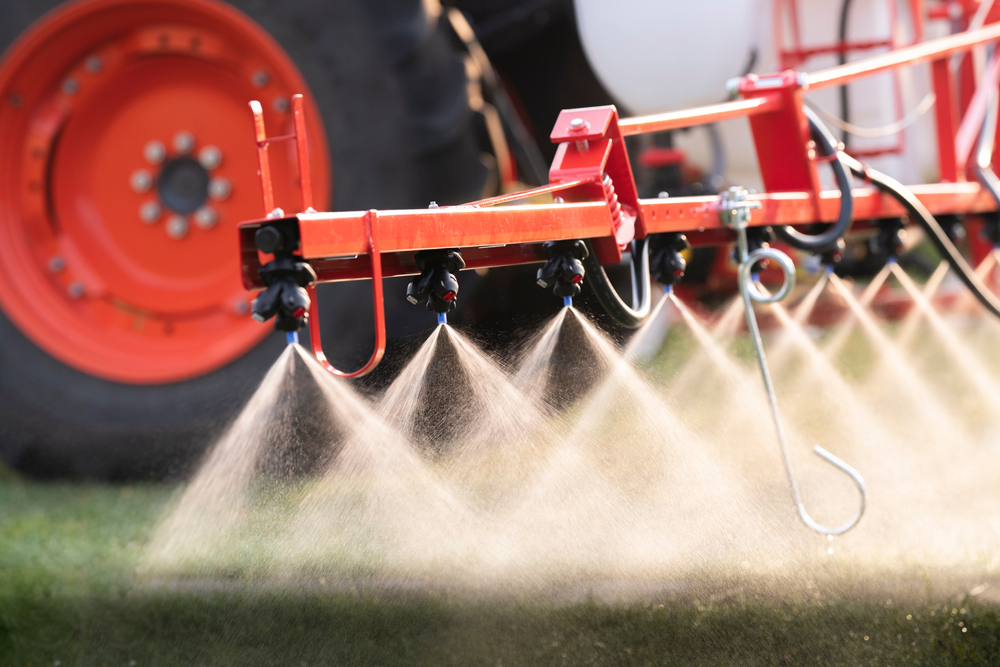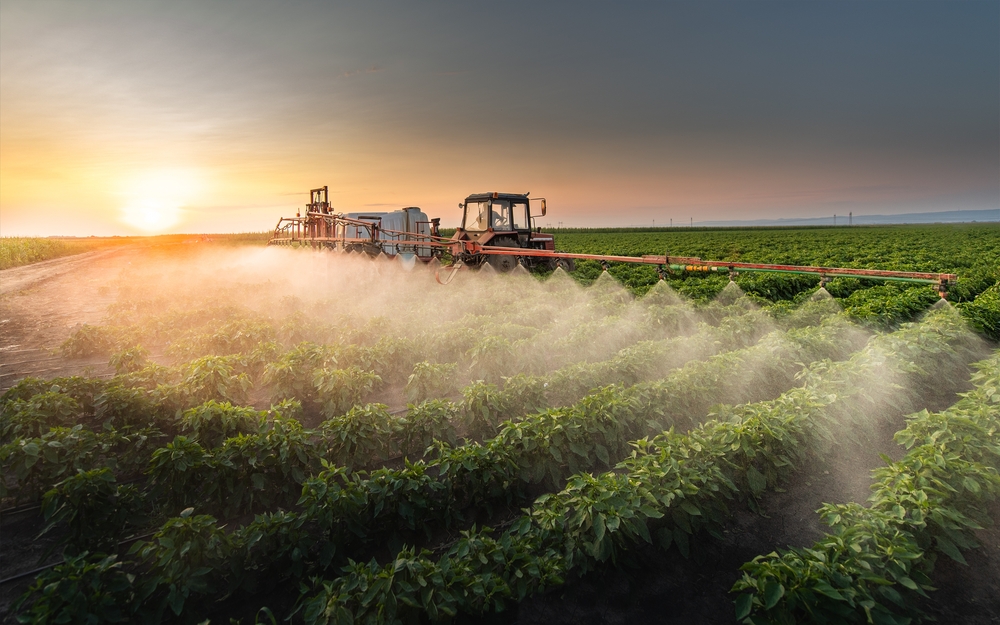Fertilizer programs are not always foolproof, and a lot of the time, nutrients need to be supplemented throughout the growing season to ensure a healthy, high-yielding crop.

“Sulfur. Young plants deficient in sulfur will be stunted, spindly and light green in color. Upper leaves will become light green first. Interveinal yellowing or leaf striping is a key symptom.”

Although this can be an effective method, it is still not as concrete as performing a tissue sample. From a nutrient perspective, tissue sampling is the best way to understand your plant’s needs. It is best practice to have a schedule and routine when pulling tissue samples. Doing it early in the week will help turnaround and ensure your tissue sample isn’t sitting in the mail over the weekend. Regular tissue sampling will help with adjusting your fertilization plan in the following years and give you the chance to adjust with foliar applications on the current crop.
Tom J Bechman interviewed Betsy Bower, an agronomist with Ceres Solutions in west-central Indiana. She explains the three times best for pulling samples—the first time being the five-leaf stage. Bower states, “Pull 25 leaves at random within the designated sampling area. At V5, pull the uppermost leaf with a collar. It’s important to wait until V5 to pull the first sample because then permanent roots are functioning.” The next time you should pull a sample is at V9 to V12. The third sample should be pulled in the reproductive phase. Bower explains, “That sample provides information on what the plant sees at the beginning of grain fill.”
What are the benefits of foliar applications?
This application style provides an array of benefits you cannot get from standard granular fertilizer applications. This is the most efficient way to provide nutrients mid-season and early on. When applying through foliar applications, the nutrients will work through the plant’s leaf and stimulate root growth, giving the plant what it needs overnight.


